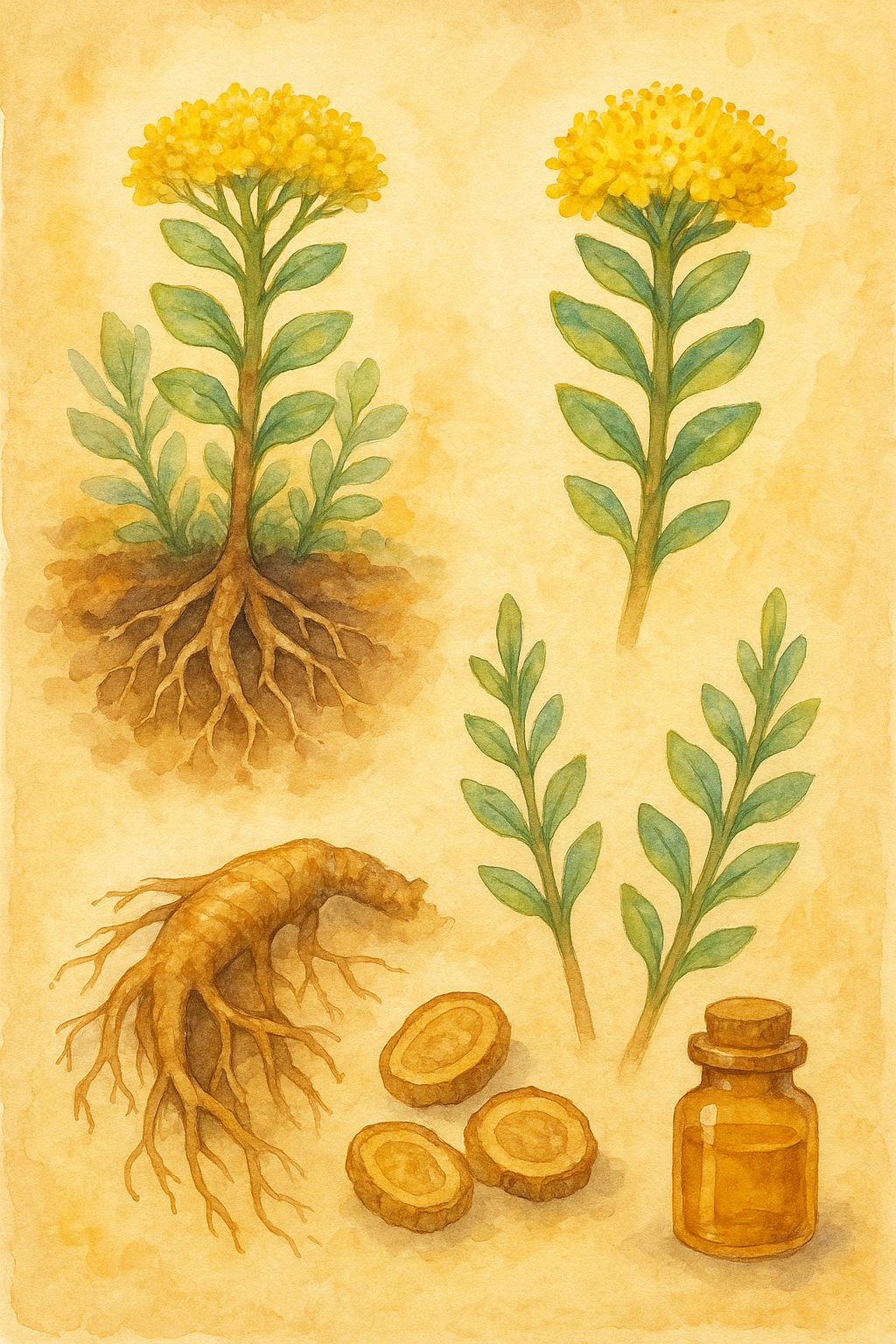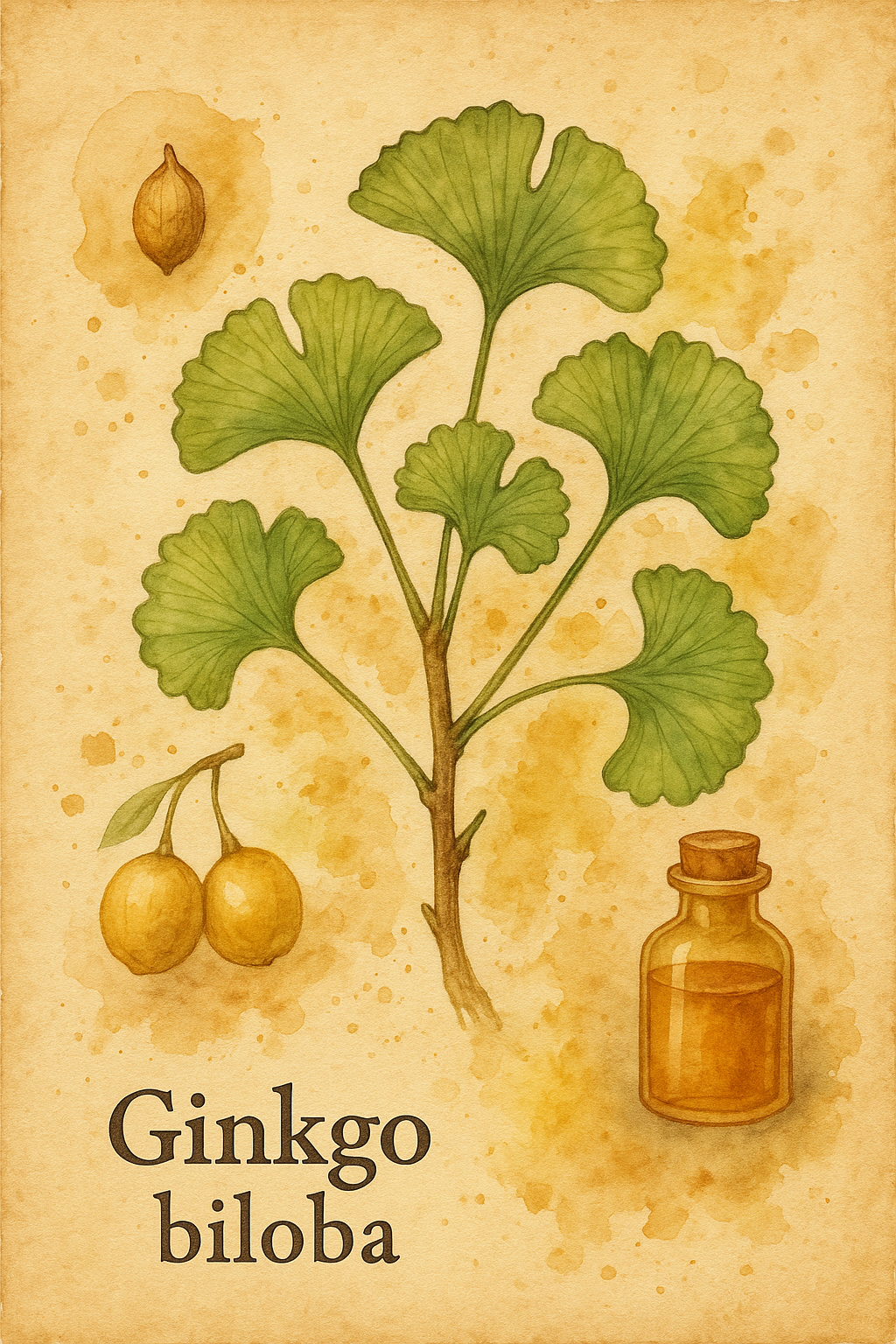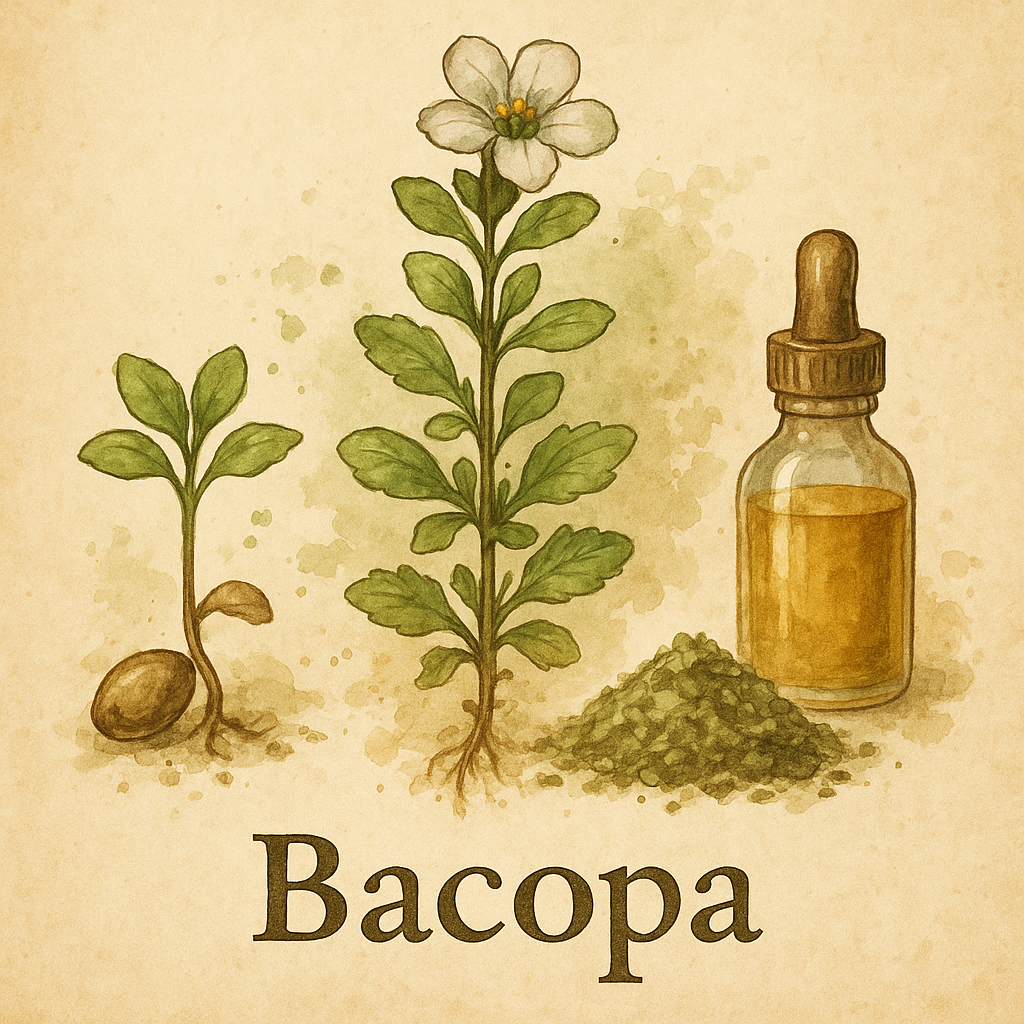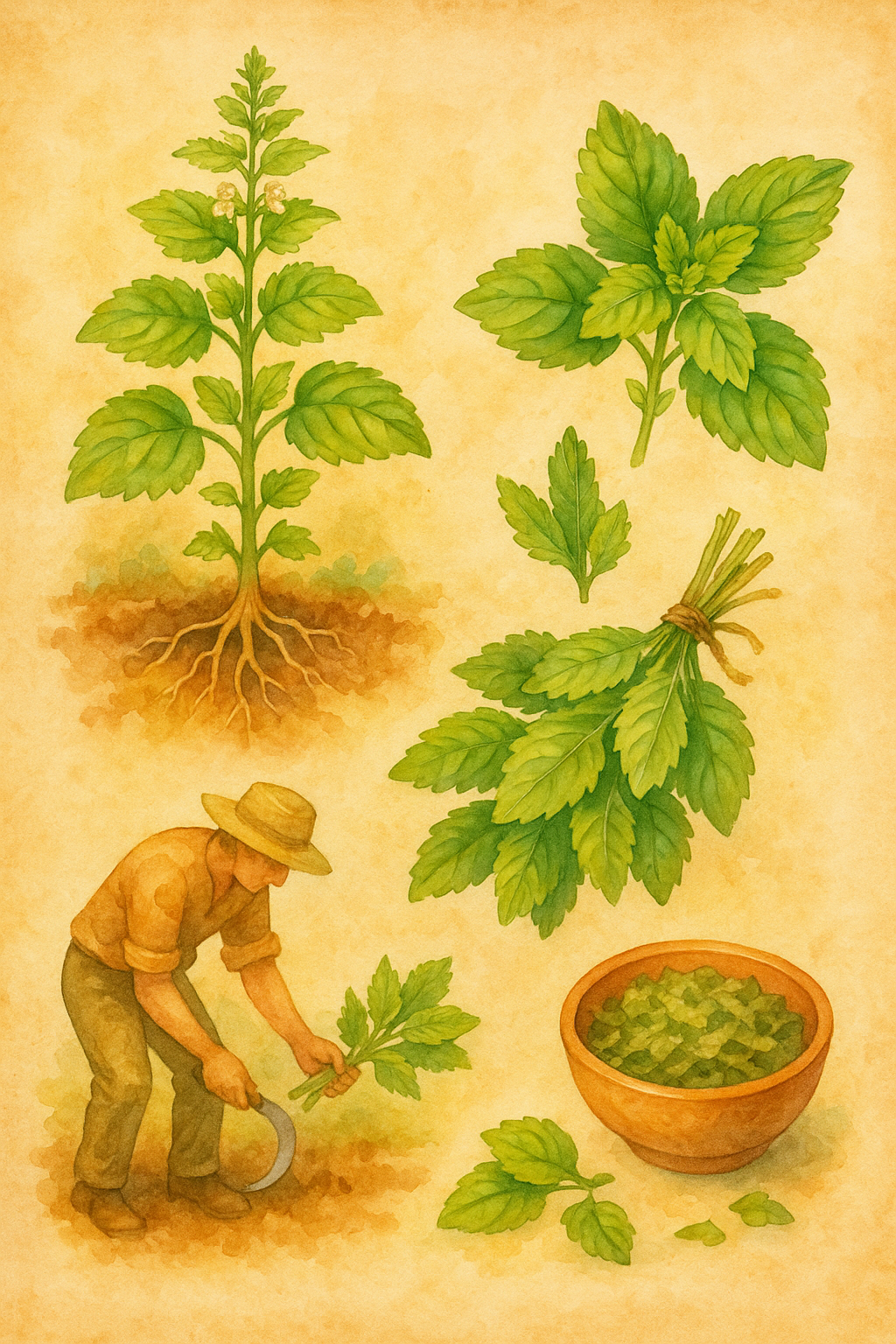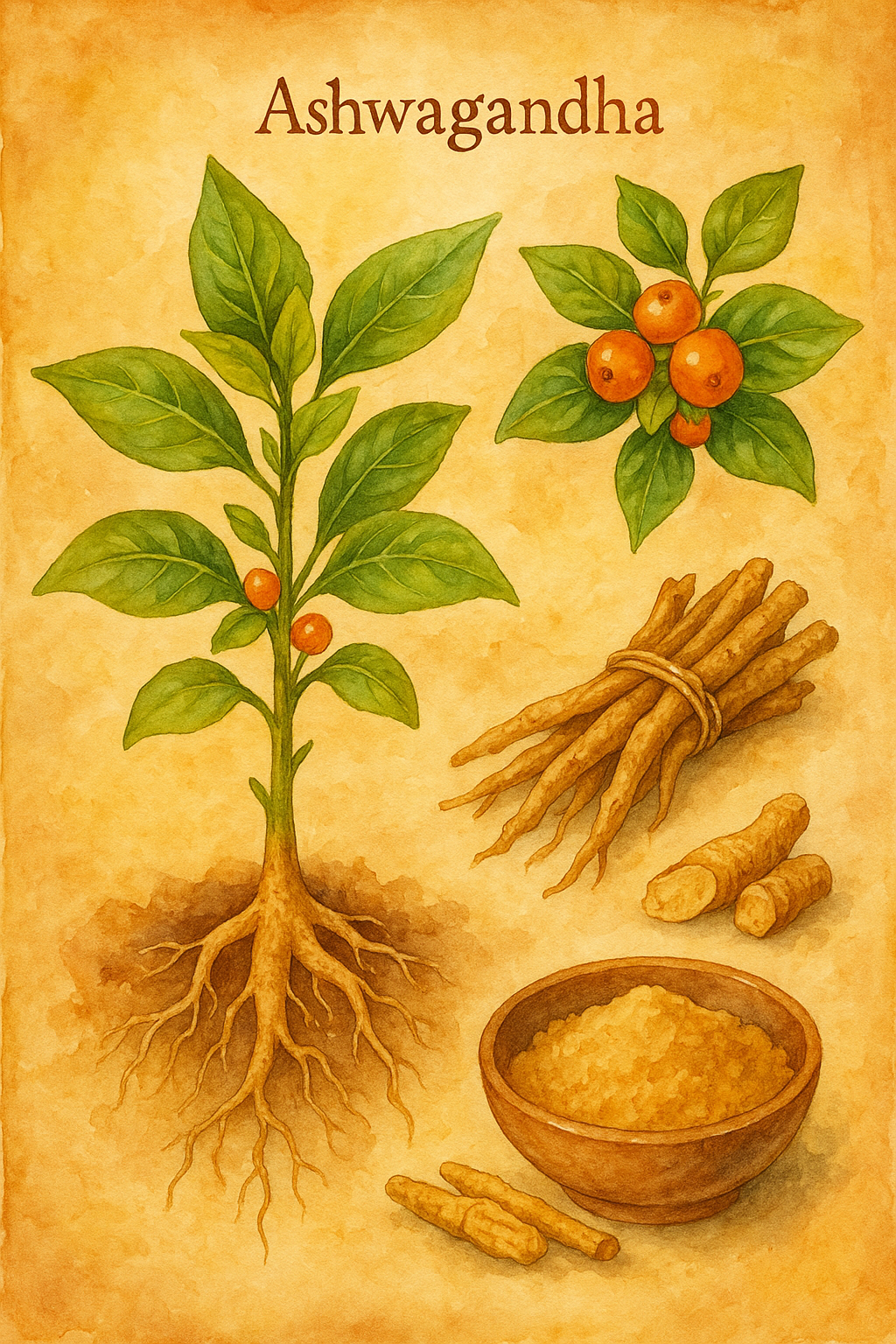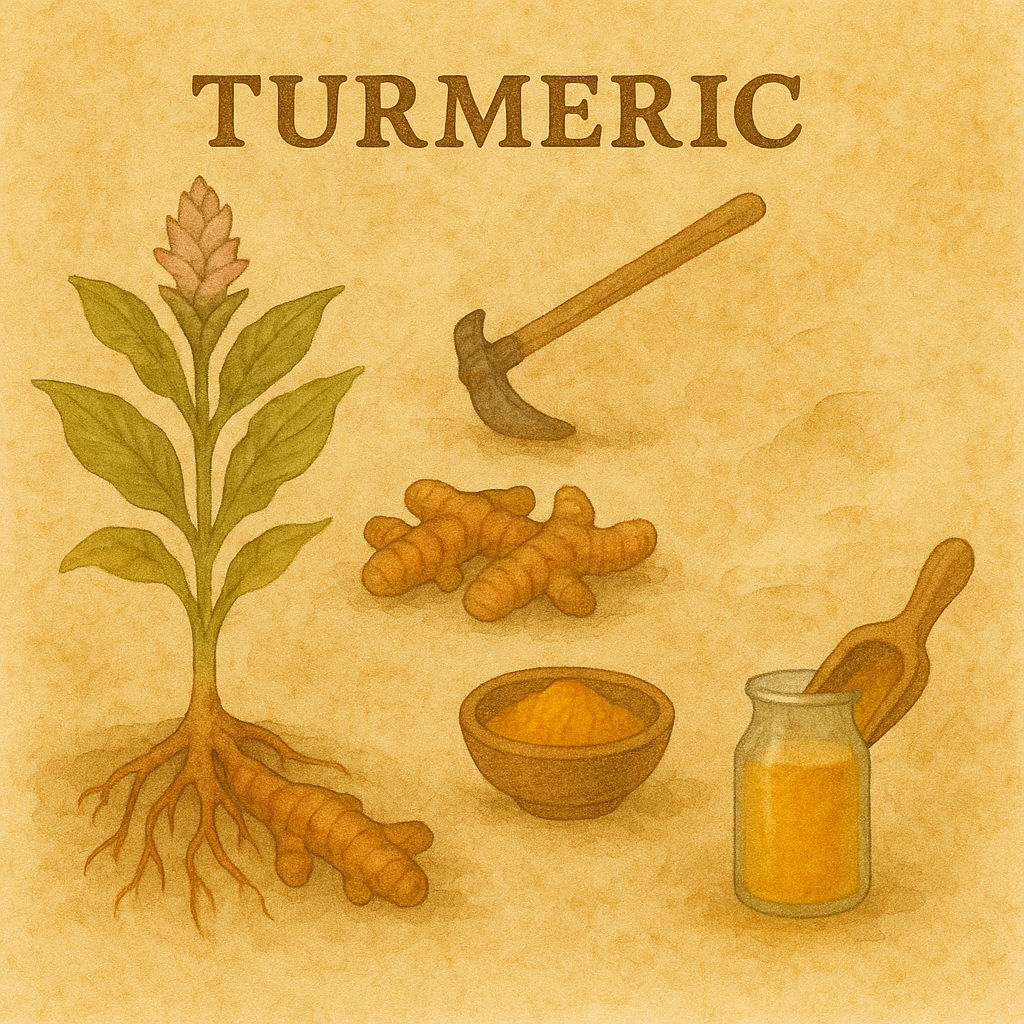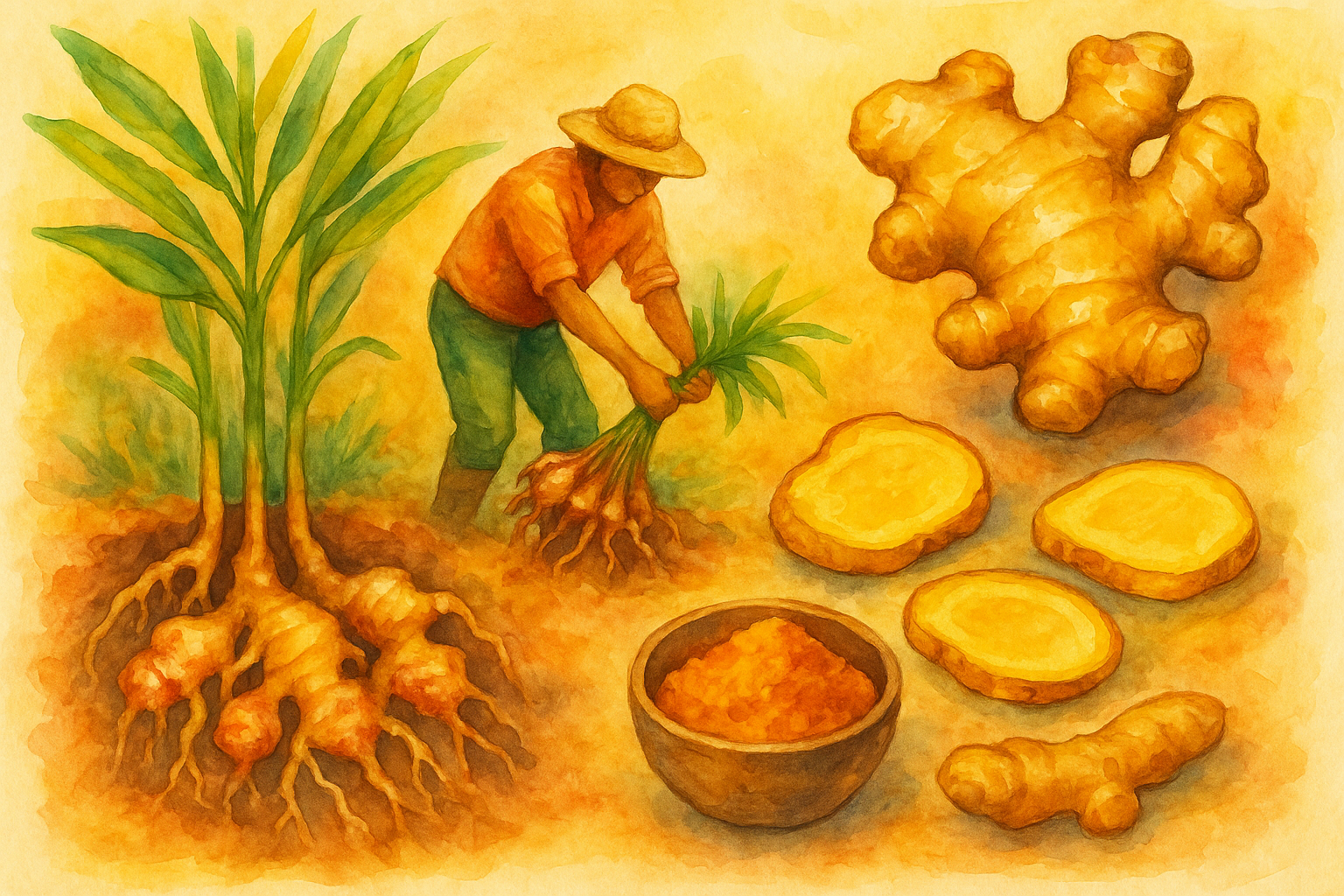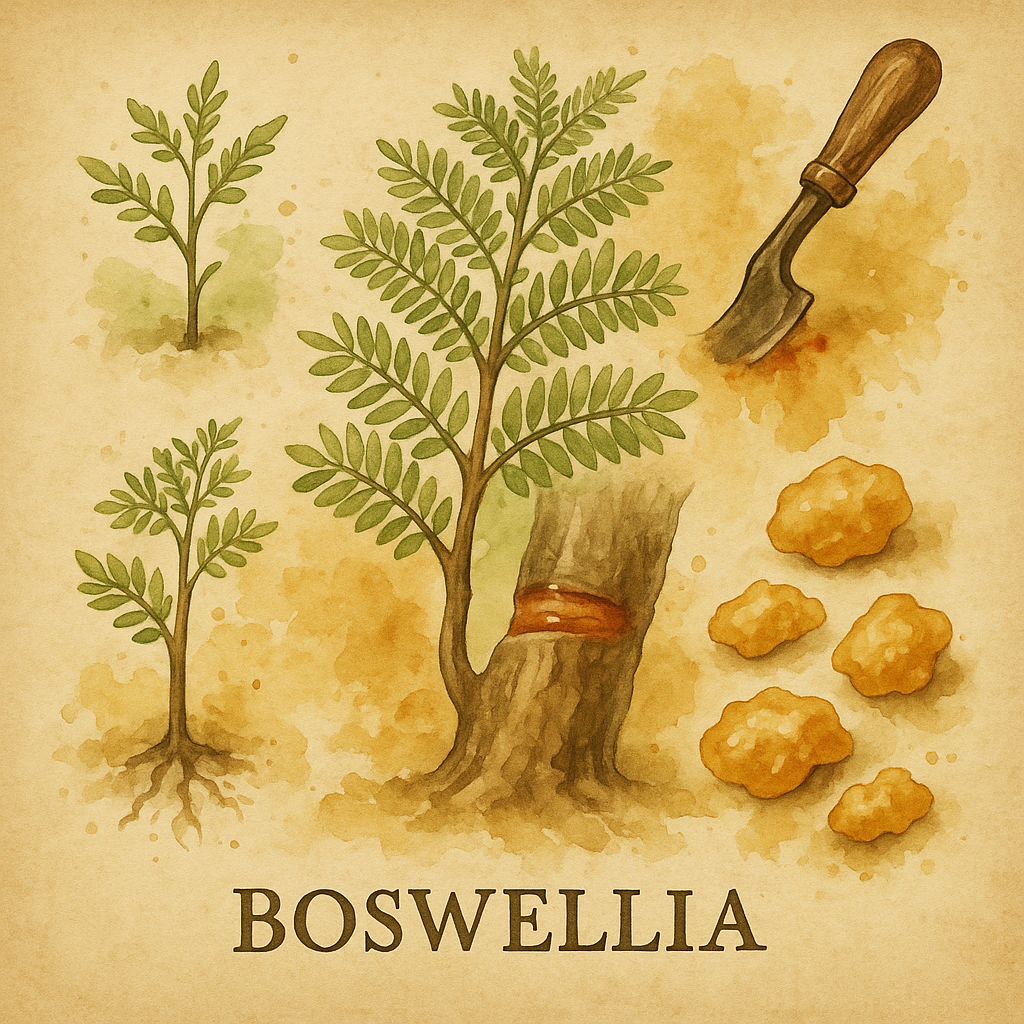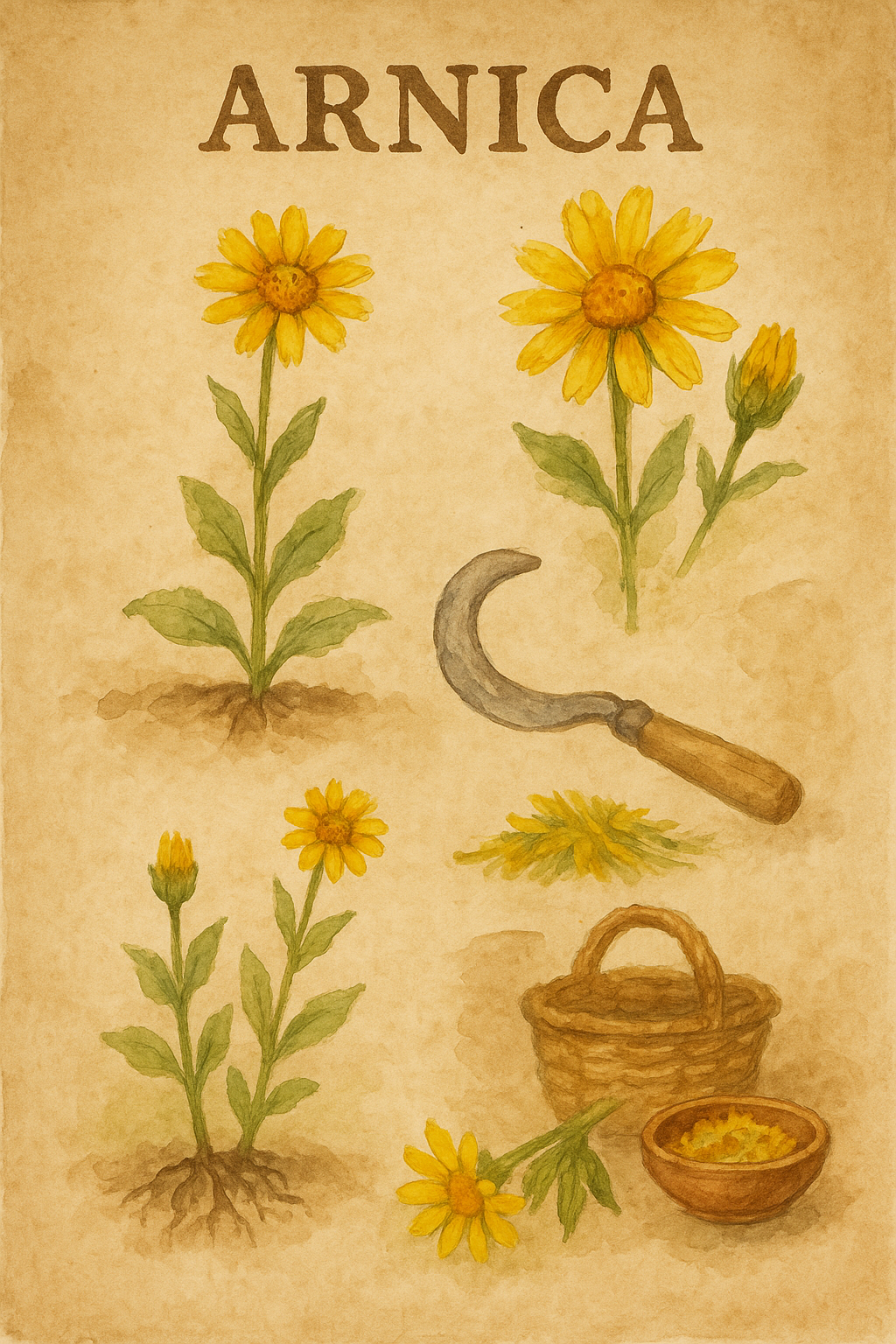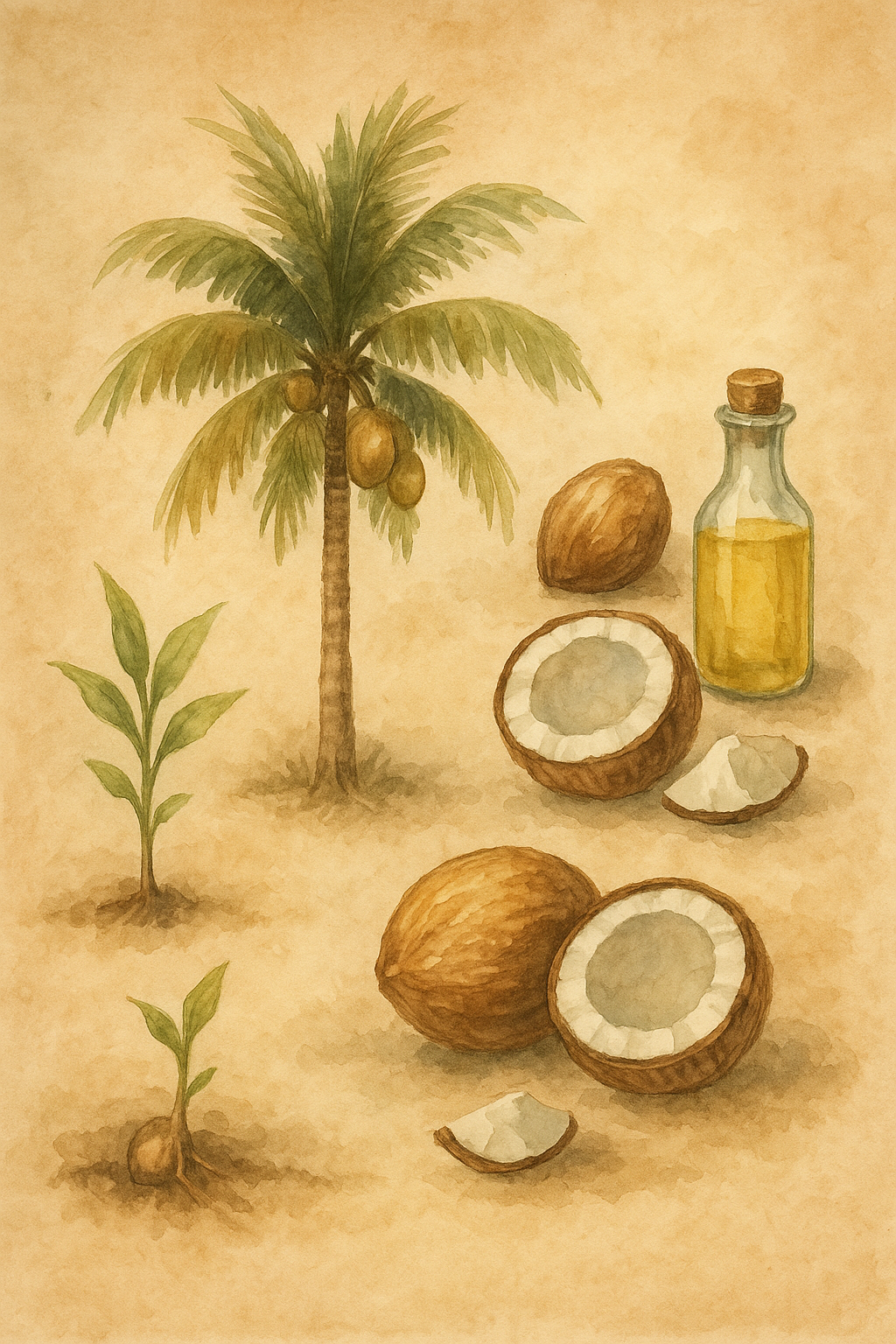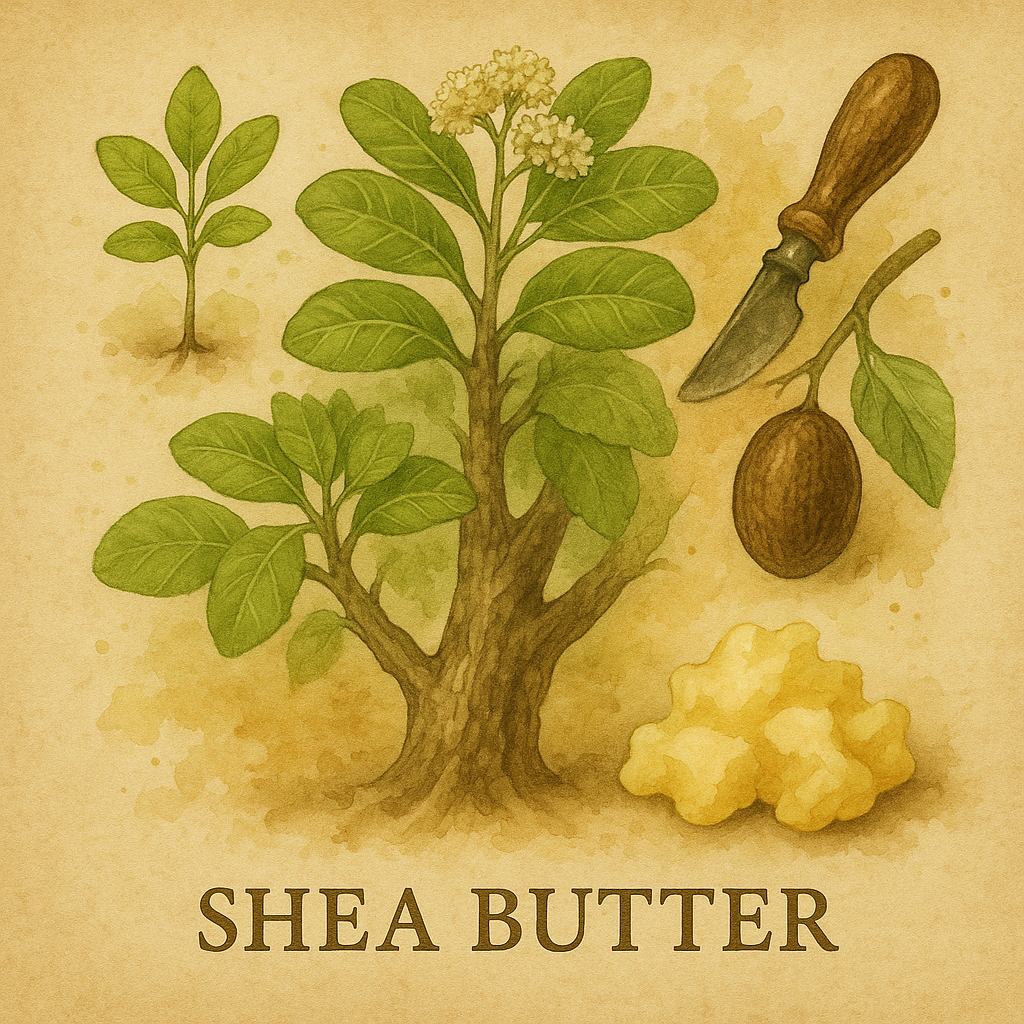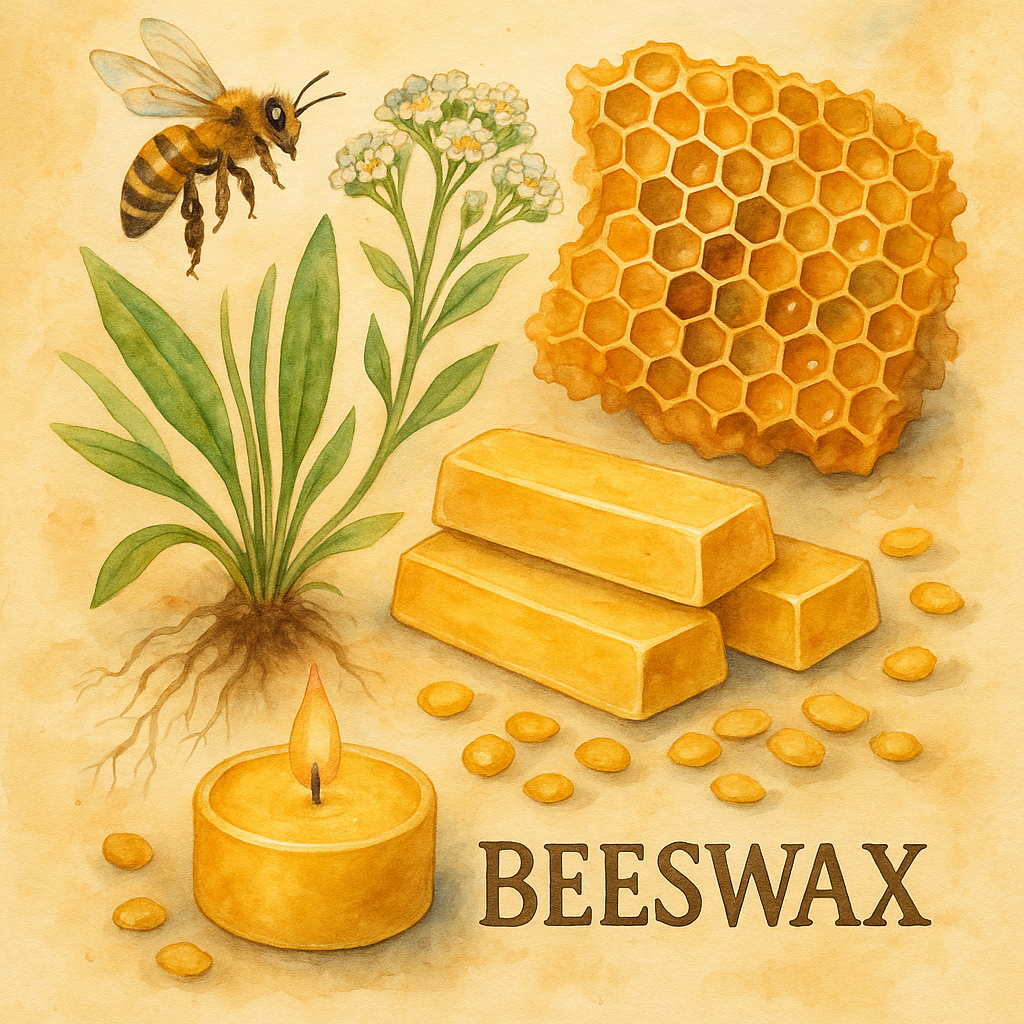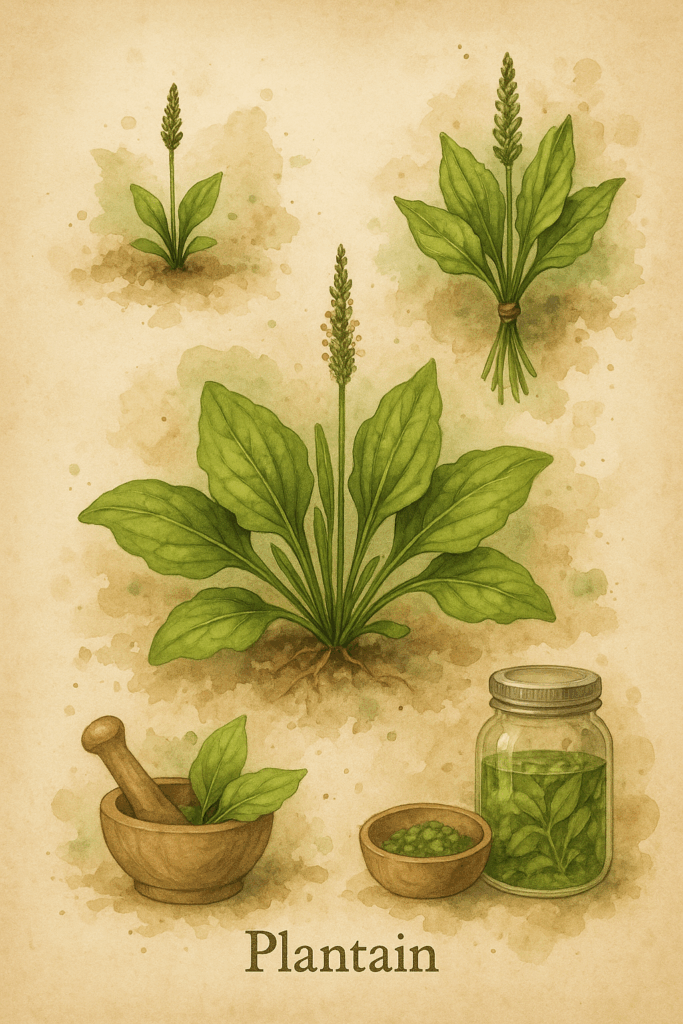The Road, the Rain, and Revelation
—a reflection told in the winds of Copper Harbor
The morning rose behind a curtain of stormclouds—no fanfare, no golden fanfare from the east, just a quiet gray that draped over the Keweenaw like a woolen shawl soaked in sorrow. I was on my way to Copper Harbor, winding through the hills where pines whisper secrets older than our country. The road, usually a ribbon of calm, had become a serpent in the rain—slippery, coiled, and twitching with danger.
The heavens had opened like a grief-stricken heart, the rain falling not in drops, but in sheets—great veils of water slapping against the windshield as if trying to cleanse something I couldn’t name. The wipers worked like preachers in a revival—frenzied, relentless—but even they couldn’t keep up with the downpour. It was the kind of storm that makes the earth hold its breath.
Lauren Daigle’s voice rose from the speakers like a psalm cracked open. Her notes wrapped around my ribs and pulled something loose. I sang with her—not for show, not to pass time, but because the song had found something raw inside me. I didn’t know whether I was praying or pleading. I only knew I felt seen.
And then they appeared.
A doe and her three fawns stepped from the treeline like ghosts pulled from the mist. They didn’t run—they arrived. Majestic, fragile, untouchable. The mother stopped dead in the center of the road, and the babies followed, delicate as thoughts not yet spoken.
There was no time to think.
I jerked the wheel hard, a move that should have sent me spinning into a tree or worse. But instead, the car slid into the ditch as smooth as butter across warm bread. No jolt. No crash. Just silence. I sat there, breathless, heart hammering like a warning bell in a lighthouse storm.
“Fuckers!” I screamed—not in rage, but in that strange place between fear and awe, where language spills from the gut instead of the tongue.
I stepped out.
The air smelled of pine needles and wet soil, ancient and alive. The deer didn’t flee. They just looked at me. The smallest fawn—no taller than my knee—lifted its head. And I swear to you, it nodded. Not like an animal, but like a knowing. A gesture older than language. Then, one by one, they turned and slipped back into the woods as quietly as they had come.
I stood there soaked to the bone, rooted in mud and mystery.
It’s in moments like this—brief, blinding, holy—that I wonder if God speaks not through thunder or scripture, but through the pause between heartbeats. Through a song on the radio. Through four sets of silent eyes on a lonely road in the rain.
And sometimes, I believe… He does.






